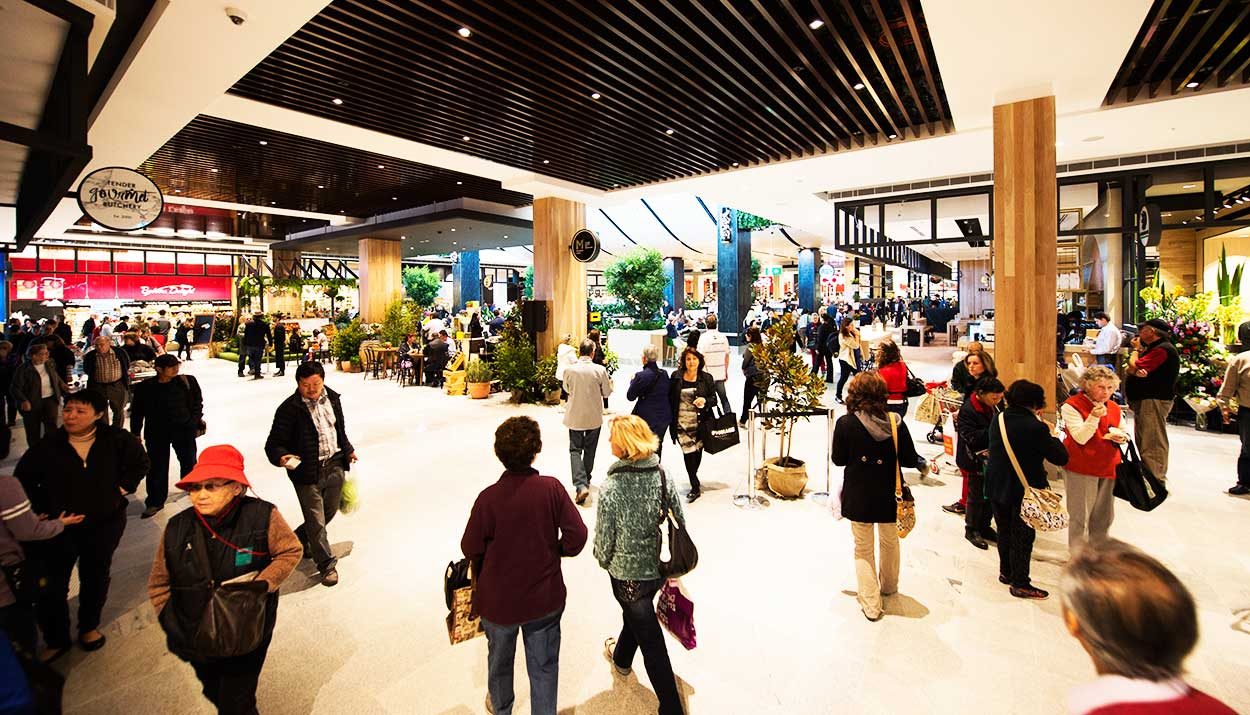This article is from the Australian Property Journal archive
VICTORIA’S second wave of coronavirus infections will hit consumer sentiment and further delay the recovery of Australian retail real estate investment trusts (REITs), according to Moody’s, which will also need to contend with the rapid growth of e-commerce.
However, the impact of the pandemic on REITs with retail exposure varies, with non-discretionary retail and diversified REITs expected to be the most resilient.
“The state of disaster that has been declared in Victoria and the closure of all discretionary retail will further reduce already weak retail earnings and further weaken tenant quality,” says Saranga Ranasinghe, Moody’s vice president and senior analyst.
“The pandemic is also accelerating e-commerce penetration in Australia, and we believe some of this shift will be permanent, creating the need for shopping malls to further evolve operations to meet changing consumer preference.”
Moody’s said all four pure-retail REITs – Scentre Group (A2 negative), Vicinity Centres (A2 negative), Shopping Centres Australasia Property Group (SCP, Baa1 stable) and Charter Hall Retail REIT (CQR, Baa1 stable) will see retail property values decline, but entered the downturn with balance-sheet buffers to withstand an increase in gearing.
Property values would need to fall by 34% from pre-pandemic levels for the REITs to breach gearing thresholds, and 48% for a breach in covenant thresholds.
Scentre and Vicinity are the only REITs with negative rating outlooks. Just over half of Vicinity’s shopping centres by asset value are exposed to Victoria, including Chadstone. The group posted a $1.8 billion annual loss as COVID restrictions smashed businesses and foot traffic, and slashed 11.4% off the value of its portfolio – also tallying $1.8 billion. Scentre Group saw $4.1 billion wiped off its portfolio – about 10% – leading to a $3.6 billion half year loss.
Whether the two REITs can maintain their current ratings given the latest lockdowns will depend on their ability to maintain lease structures broadly on pre-COVID terms and conditions, underpinning stable cash flows and assured annual rent increases.
Both have reported completion of about 60-70% of lease negotiations arising from the pandemic and the national code of conduct. Rental assistance provided has been in the form of short-term variations to the leases. However, the weak retail environment presents a longer-term risk that a larger proportion of leases will shift to a turn-over rent basis, as seen in other developed markets.
“While this has not occurred, for example turnover still represents less than 1% of Scentre’s rents, the weak retail environment presents a longer-term risk given we have seen this shift in other developed markets,” Ranasinghe said.
The Shopping Centre Council of Australia estimates landlords have provided $1.6 billion in rental assistance to tenants. Some retailers, such as those part of Solomon Lew’s Premier Investments took the aggressive approach of refusing to pay rent, while Scentre has recently been part of a high profile spat that saw it lock Mosaic Brands out of 129 of its stores.
Moody’s believes that until the pandemic is under control, landlords’ ability to adjust their tenant mix will be limited.
Non-discretionary more resilient
Non-discretionary retail-focused REITs are more resilient, while diversified REITs also benefit from their exposure to the more favourable property subsegments. Moody’s noted that SCP and CQR have portfolios of neighbourhood and sub regional shopping centres that cater to daily essentials, and which have largely remained open during the pandemic. Both derive a high proportion of revenue from major supermarkets as anchor tenants, such as Woolworths and Coles.
Ranasinghe said that because of the increase in supermarket sales during the pandemic, Moody’s expects both REITs to benefit from an increase in turnover rent.
SCP’s and CQR’s shopping centre property values declined around 3% and 2.4% over the six months to June, compared to the heftier declines of Vicinity and Scentre Group.
Moody’s said the diversified REITs, Mirvac Group (A3 stable), Stockland Group (A3 stable) and The GPT Group (A2 stable), benefit from exposure to non-discretionary retail and more resilient property sub-segments such as industrial. Overall rent collection for the June was in the range of 70%, despite collections from retail being much lower than that.
“For these REITs, strong demand for logistics assets and exposure to good quality office portfolios have offset retail sector weakness.”
A new report from m3property highlighted that while acquisitions of modern neighbourhood centres have been dominated by private investors in recent years, recent purchasers have included ASX listed entities Primewest and HomeCo.
The Primewest acquisitions were to fulfil a mandate for a Daily Needs trust, while the HomeCo acquisitions increase their exposure of these types of centres to in excess of $500 million, with the potential to create a standalone ASX-listed Daily Needs REIT.
The valuation firm said the market has shown that modern, Coles and Woolworths anchored centres are sought after assets in the post-COVID-19 environment, reflective of the strong contribution to the income profile by the supermarket anchor tenants and relatively low number of speciality tenants in comparison to sub-regional and regional centres.
“Income growth for these assets, whilst being stable, will be subdued in a low inflation environment where the supermarkets contribute the majority of the income and the supermarket rental growth is dependent on turnover rent being achieved (aside from a potential turnover growth spike as a result of the pandemic). This is leading to lower IRRs. We expect the market will continue to seek these assets over the short to medium term,” m3property said.
Permanent mark of e-commerce
The pandemic has accelerated e-commerce penetration in Australia, and during the first round of lockdowns in April hit an all time high of 11%. That has since dipped slightly in May to around 10.1% and to 9.7% in June.
“This percentage may decline after social distancing restrictions are loosened in Australia. But we believe some of this increase is permanent, as customers have become more comfortable and familiar with purchasing online,” Ranasinghe said.
“While we expect some retailers to rethink their store networks, we do not expect retailers or consumers to abandon physical stores altogether.”




